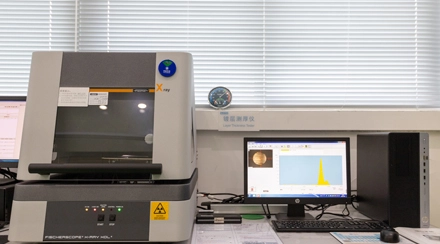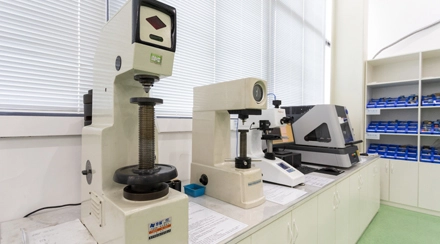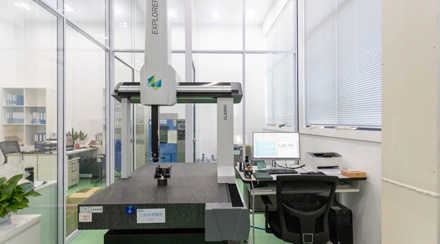Foam pattern making machines and vacuum casting systems, including FOAM-iT! 10 and V-Process 3000.
Metals (aluminum, steel, bronze).
Max casting size: 800mm x 800mm x 400mm. Tolerances: ±0.3mm.
Quality Management System: ISO 9001:2015 certified, ensuring high-quality lost pattern castings.
Inspection Equipment: CMM, X-ray inspection, and spectrometers.
Quality Assurance Process: Material verification, mold inspection, and final casting inspection using CMM and X-ray to ensure dimensional accuracy and internal quality.
Lost Plastic Casting: Lost Plastic Casting, also known as Lost Foam Casting, involves creating a foam pattern that is coated with a refractory material. This pattern is then placed in a sand mold. When molten metal is poured into the mold, the foam pattern vaporizes, leaving behind a cavity that the metal fills. This process allows for the creation of complex and precise shapes with smooth surfaces and fine details. It is particularly useful for producing intricate parts with minimal machining required. The main advantage is the ability to produce near-net shape castings with high dimensional accuracy and surface finish.
Sand Casting: Sand Casting, on the other hand, involves creating a mold from a mixture of sand and a binding agent. A pattern, typically made of wood, metal, or plastic, is used to form the cavity in the sand mold. Once the mold is prepared, molten metal is poured into the cavity and allowed to solidify. After cooling, the sand mold is broken away to reveal the cast part. Sand Casting is versatile and cost-effective, suitable for producing large and heavy parts. It is widely used in various industries for casting metals like iron, steel, aluminum, and bronze.
In summary, Lost Plastic Casting is ideal for high-precision, complex parts, while Sand Casting is more versatile and cost-effective for larger, simpler components.
Lost foam casting is a modern metal casting method that uses a foam pattern, which is melted and replaced by molten metal inside a sand mold. This process enables the creation of highly accurate and complex metal parts.
Create a Foam Pattern
A pattern of the final part is made from expanded polystyrene (EPS) foam. This foam can be shaped by cutting or molding.
Assemble the Pattern
If the part is large or has complex features, multiple foam sections are glued together to form a full pattern.
Coat the Pattern
The foam pattern is coated with a ceramic slurry. This coating creates a barrier that helps produce a smoother surface finish and prevents sand infiltration.
Embed in Sand
The coated foam pattern is placed in a container and surrounded by unbonded dry sand. The sand is compacted, usually by vibration, to support the pattern and mold structure.
Pour Molten Metal
Molten metal is poured directly into the mold, vaporizing the foam pattern. As the foam burns away, the metal takes its place, solidifying into the final part.
Remove the Casting
After cooling, the sand is removed, revealing the finished metal casting. The part is then cleaned and finished as needed.


